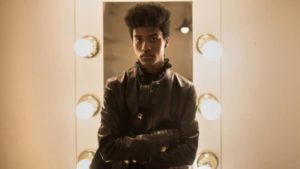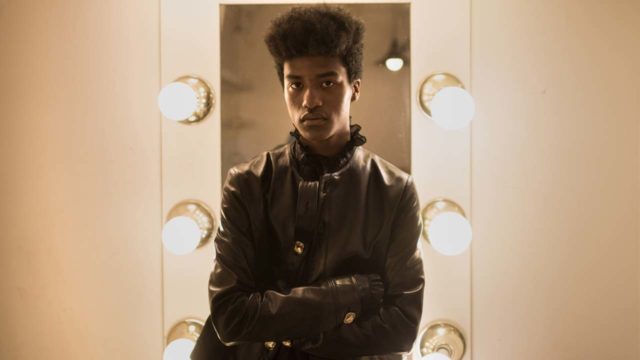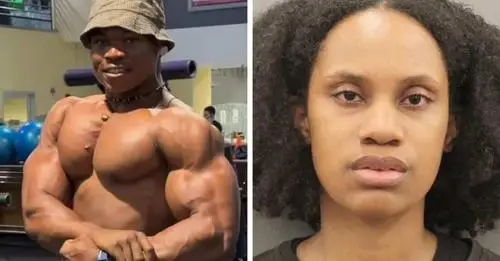
Han Hyun-Min, a teenage male model is a rising star on South Korean catwalks, but his agent knew there would be a problem in the ethnically homogenous country: he is half black.
Han, 16, has a Nigerian father in a society where racial discrimination is widespread and people of mixed race are commonly referred to as “mongrels”.
“A dark-skinned fashion model like Han was unheard of in South Korea, so recruiting him was a big gamble,” said agent Youn Bum.
Now Han is posing for top glossy magazines as the country’s first black fashion model.
South Korea has for years sought to foster the image of a modern, sophisticated and tech-savvy nation whose pop culture has made waves across Asia.
But behind the facade of an economic and cultural powerhouse lies a deeply-rooted racism — even as its immigrant population creeps up, doubling over the last decade but still only four percent of the population.
Most foreigners in the country are from China and Southeast Asia, migrant workers or women who marry rural South Korean men unable to find local spouses willing to live in countryside.
Discrimination against them is widespread. Many are openly mocked at public transport for being “dirty” or “smelly”, or refused entry to fancy restaurants or public baths.
A government survey in 2015 showed that 25 percent of South Koreans do not want a foreigner as a neighbour — far higher than the 5.6 percent in the US and China’s 10.5 percent.
Mixed-race children are bullied at school and constantly taunted as “tuigi”, a derogatory term that literally means cross-bred animals.
Many complain of poor opportunities in many aspects of life, including difficulties socialising, getting a job or finding a spouse.
Han was no exception.
“When I was playing with other kids at school, some mothers whisked them away from me, saying things like, ‘Don’t play with a kid like that’,” he said.
He was regularly stared at in public, with an elderly woman once asking him: “What are you doing in someone else’s country?”
“I wanted to become invisible,” he said. “I hated my looks that stand out from everyone else,” he said.
He found his escape in fashion, taking part in modelling auditions and posting his photos on social media until Youn spotted the images.
After seeing the then 14-year-old demonstrate his “electrifying” stride on a Seoul street for five minutes, Youn signed him up immediately.
“Being a fashion model helped build my confidence tremendously,” said Han. “Now I enjoy being looked at by other people, instead of being ashamed or embarrassed.”
He hopes to become a role model for multiracial children. “I want to be more successful, not just for myself but also for people whom I represent.”
The duo were initially stonewalled by designers and magazine editors, some of whom openly dismissed the dark-skinned model as “bad luck” and urged Youn to recruit whites instead.
“Some of them told me, ‘We don’t do dark-skinned models,’ or, ‘For us, non-Korean models mean white models with blue eyes and blonde hair’,” Youn said.
But a handful of designers found Han’s look unique and charismatic, and he hit the runways at more than 30 shows at the two Seoul Fashion Weeks after his debut last year — an unusually high number for a novice.
Neighbouring Japan has a similarly homogenous population, Cho said, but a longer history of immigration and already has a number of biracial star fashion models.





